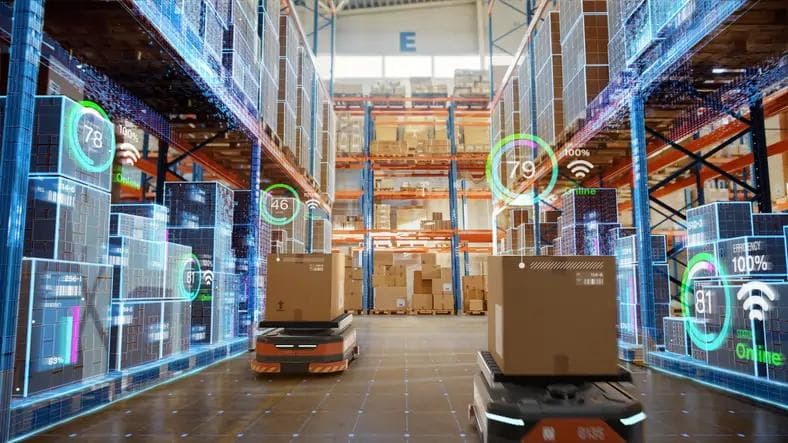How Can the Financial Services Sector Overcome the Obstacles Caused by the Great Resignation?
How Can the Financial Services Sector Overcome the Obstacles Caused by the Great Resignation?
Published by Jessica Weisman-Pitts
Posted on April 12, 2022

Published by Jessica Weisman-Pitts
Posted on April 12, 2022

By Fabien Rech, VP EMEA, Trellix
According to PwC, more than half (56%) of financial services firms are prioritising the retention of talent, as the industry continues to face the critical impact of Great Resignation. This is followed by maintaining a high-level of employee engagement (44%) and planning for future talent requirements (36%).
These issues are intensified by a lack of skills across major departments, including security. Forrester predicts that the security ‘brain drain’ will significantly hinder an organisation’s ability to defend itself against sophisticated cyberattacks. The stats show that one in 10 security professionals are looking to move elsewhere to benefit from better pay, working conditions, and work-life balance.
The consequences of this are that security teams are over capacity and burnt out. Financial services organisations are also continuing to face significantly more cyber risks, which could have a potentially devastating impact on their organisation. But what exactly can businesses do to reduce these risks while their workforce is stretched?
Using technology to cut through the noise
As cybercriminals continue to adapt their tactics to infiltrate networks and access sensitive financial data, the priorities of CISOs must also change to ensure their security teams can keep up with the threats at hand. This means having the right skills and technologies required to mitigate the risk while ensuring their defences can withstand the pressure created by new threats.
The use of threat intelligence will be a critical part of this. The application and use of comprehensive threat intelligence will help cut through the noise, helping SecOps teams to adapt as quickly as global attackers do. This approach to cyber security will support the business’ adaptive resilience, with each potential threat making security teams smarter.
Another essential element to ensuring cyber resilience is adopting technology that is both open and native. This will allow banks to rest easy knowing that every piece of technology is connected seamlessly, eliminating any blind spots and gaps in a businesses’ protection.
By implementing an open technology platform, organisations can enjoy an automated security policy orchestration across a broad portfolio of security products which is designed to deliver maximum visibility, control, and vendor choice across all attack surfaces.
Unfortunately, there isn’t a one size fits all approach to security. This is especially true when it comes to heavily regulated industries, such as the financial services sector. By taking these measures and implementing them as part of a comprehensive security strategy, organisations should feel empowered, knowing their defences are compliant, flexible, and more resilient to increasing cyber threats.
Reducing pressure on teams
In addition to investing in technology that is focused on protecting organisations against the threats of tomorrow, technology that can harness the power of machine learning and automation will also be essential.
This will help financial services organisations to cut through the noise of attacks to ensure SecOps teams can be more focused and effective, rather than feeling like they are constantly scrambling and therefore leading to burnout and missed threats.
CISOs should also look to their vendors as partners and seek advice and consultancy when needed. As the threat landscape is constantly changing, no one can be expected to know everything they need to know all the time. Therefore, collaboration is vital, and something financial services organisations should consider to reduce the pressure on their security teams.
Overcoming obstacles
There is no telling how long the great resignation will continue to impact the financial services sector. Therefore, organisations must adapt now or open themselves up to a cyberattack. This is a heavy weight to bear for every CISO, but the answer lies with technology that combines threat intelligence with machine-driven automation. This approach to cybersecurity will enable SecOp teams to focus on the tasks that require their attention the most. It will also help to empower teams, knowing that they’re making data-driven decisions to shore up their defences against even the most sophisticated cyber-attacks.
Explore more articles in the Business category











